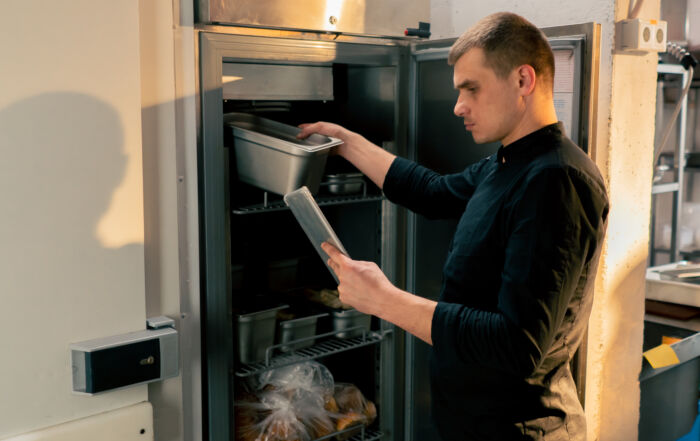Food Recalls: Another Important Reason to Have a Sound Traceability Program in your Foodservice Operation
Earlier in the month, I discussed a bit about the proposed traceability rules that may be coming out soon. One result of implementing the proposed rule and improving overall food traceability in your operation is the ability of those in the food chain to quickly identify and pull product involved in a food recall.
If you are in the food or foodservice industry, and have not been impacted by a recall, I would venture to say you have not been paying close attention. Just in the month of June, there have been 14 food-safety related recalls on products used for human consumption. These products ranged from cereal to ground spices.
Most recalls in the United States are voluntary; however, the Food Safety Modernization Act did grant a bit more power to the Food and Drug Administration to shut down an operation to avert a significant public health threat. However, most recalls are initiated by the manufacturer or distributor of the product. In some instances, the company discovers the issue on their own and recalls the product. Other products are recalled after their respective oversight agency (typically the FDA, which oversees 80% of the US food supply, or the United States Department of Agriculture for meat products) is alerted to the issue and contacts the company.
Food recalls are classified by the level of threat to the public, with a class I serving as the highest or medium risk to public health. This is typically where use of the product will likely cause serious, adverse health consequences or death. Class II recalls are classified as a low risk, where the product has a remote possibility of adverse health consequences. A class III recall is classified as marginal risk where use of the product will not cause adverse health effects. An example of a class III recall might be misbranding, where an ingredient, such as monosodium glutamate, may not be declared on the product label, but such an omission would not likely make someone ill.
Just as it only takes one employee to cause a foodborne illness outbreak in a foodservice operation, it only takes missing one recall notification for a product you have in-house to cause catastrophic damage to your operation’s reputation and brand.
[/vc_column_text][vc_separator][/vc_column][/vc_row][vc_row][vc_column][vc_column_text]As I mentioned before, if you have not had to respond to a food recall, you have not been in business very long or you have not been paying attention. Think about your response to a recall now and establish your plan of action. Do you use technology that can assist in your recall procedures and pulling product from inventory and production? Have you trained your staff to deal with a recall and how to handle sanitation procedures when recalled products are already in production?Think of the recall of cucumbers, which may have contained Salmonella. Your plans can change drastically if they are only in inventory versus if they have been in production. Worse yet, already served to a guest. If those cucumbers were in vegetable preparation being prepared for consumption, you not only have to ensure they are pulled from inventory and production, but perhaps a full and complete cleaning and sanitation of the kitchen to mitigate cross contamination, and you need to do so in a manner to protect the health of your employees. If those cucumbers have been served to guests, guest notification procedures must be considered, and public relations will become vital to protecting your brand.
Distributors, including USDA if you manage a school and receive commodities, are expected to notify foodservice operations about recalls as soon as possible; however, communication may not always be as fast as we would like or expect. Thus, it is incumbent upon you as a foodservice manager to stay informed. You can sign up to receive product recalls via email. Yes, you will get a lot of emails related to recalls. The majority of the notifications won’t apply to you. Delete them, but stay on the list are monitor notifications. Just as it only takes one employee to cause a foodborne illness outbreak in a foodservice operation, it only takes missing one recall notification for a product you have in-house to cause catastrophic damage to your operation’s reputation and brand.
Don’t forget to join us next week for our July SafeBites webinar where I will be presenting more information on traceability. It is scheduled for July 21 at 1:00 pm. Risk Nothing.
READ MORE POSTS
Beyond Simple Compliance: Nurturing a Food Safety Culture in Your Team
In writing my last blog post, I was torn on addressing the issue of getting [...]
Crafting Effective SOPs to Serve as your Food Safety Foundation
As I was writing my last blog, I realized I referenced standard operating procedures (SOPs), [...]
Reducing Waste, Raising Safety: Smart Strategies for Managing Food Waste
In the face of increasing food prices and an ever-increasing demand for foodservice operations to [...]
Cooling Food in Your Operation: Best Practices
Earlier in the month, I talked a bit about safely thawing food and, in my [...]










